The behavior of the crowd should only be taken into account when conducting an objective market sentiment analysis.
Your biggest trading mistakes are not technical, but psychological. These biases destroy countless traders.
Avoid the following at all costs:
1. Anchoring Bias
Traders focus on one price (anchor), which may influence their decision making.
If Trader A got into crypto when BTC was at $52,000, then BTC at $61,000 would seem expensive.
If Trader B gets into crypto when BTC is at $71,000, then BTC at $61,000 seems cheap.
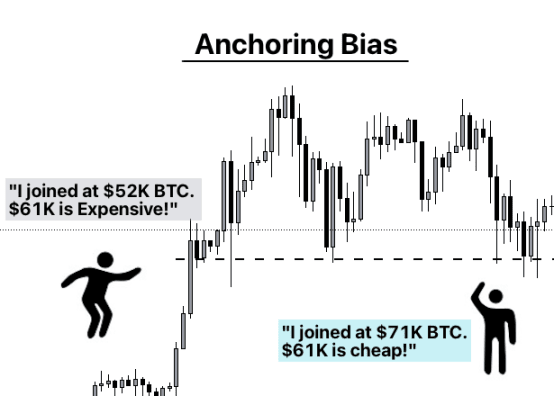
2. Recency Bias
This is the tendency to remember the most recent information and to value it most.
Traders may carry information from recent trades into the next trade, which can lead to overconfidence and losses.
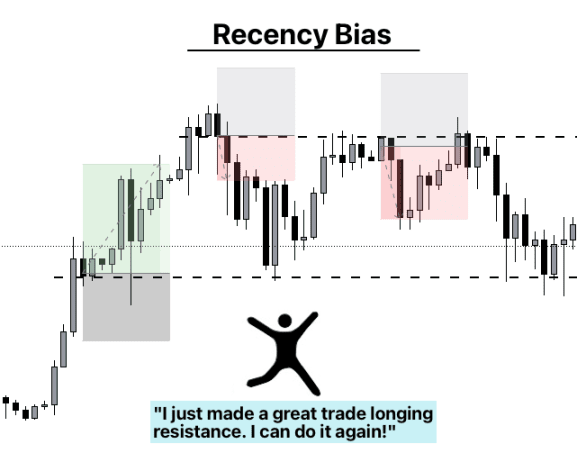
3. Loss Aversion
Traders feel their losses more acutely than their gains.
The pain of losing $100 may be greater than the joy of making $100.
This bias can cause traders to give up profits too early because they worry that these gains will turn into losses.
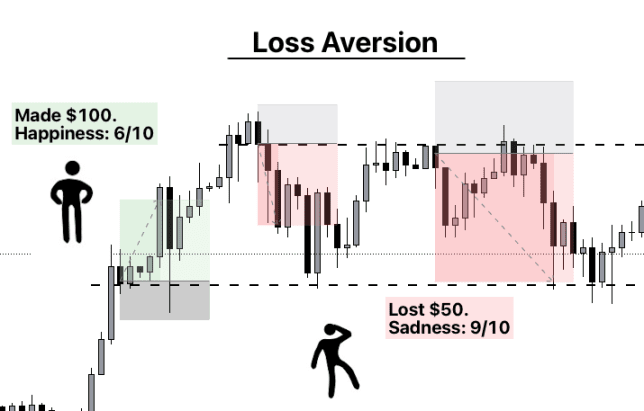
4. Endowment Effect
When traders hold onto an asset, they tend to overestimate its value.
This emotional attachment makes it difficult for them to sell at a loss, or even at a fair price, because they rely more on their own expectations than on market realities to judge the future price of the asset.

5. Herd Mentality
There are risks whether you blindly follow the crowd or deliberately go against the crowd.
Stick to your trading plan and avoid acting impulsively based on the behavior of the crowd.
The behavior of the crowd should only be taken into account when conducting an objective market sentiment analysis.
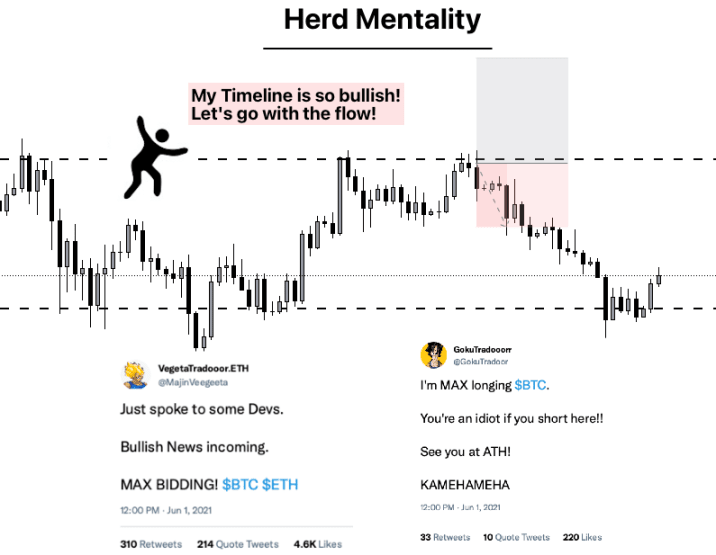
6. Availability Heuristic
Traders tend to place too much weight on information that is most emotionally charged or recent.
For example, the recent market crash may make traders overly cautious, even though market conditions have changed.
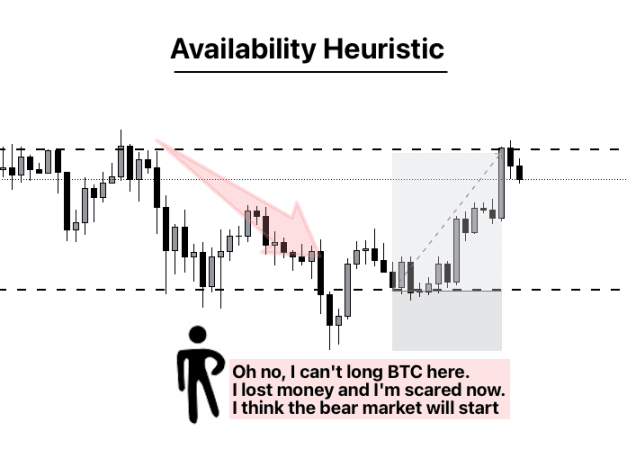
7. Survivorship Bias
Systematically overestimate the probability of success.
We often see stories of success, while stories of failure are often forgotten.
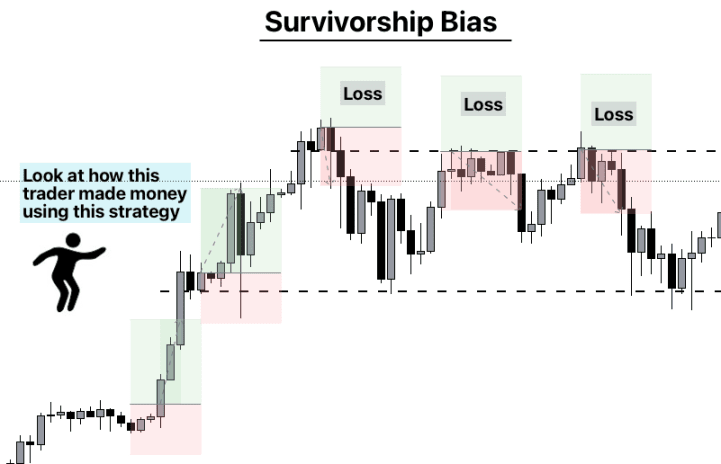
8. Framing Effect
The way information is presented influences decision making.
Traders' emotions and confidence can influence their risk assessment.
Positive emotions may lead to underestimation of risk, while negative emotions may lead to overestimation of risk.
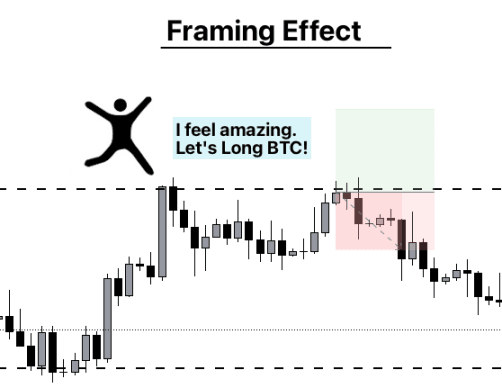
9. Confirmation Bias
Traders tend to look for data that supports their beliefs.
If you are bullish on an asset, you will look for all the information that supports the bullishness of that asset and ignore the bearish data.
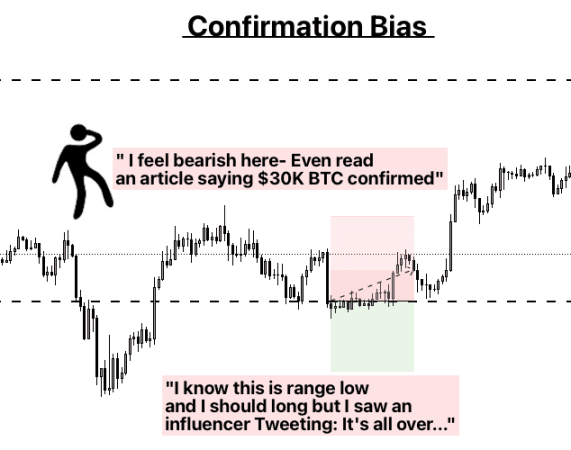
10. Captain Hindsight
In hindsight, it’s all obvious.
After an event occurs, traders often feel that they had foreseen the outcome.
This bias can lead to overconfidence in future forecasts and unrealistic expectations about one’s own trading abilities.
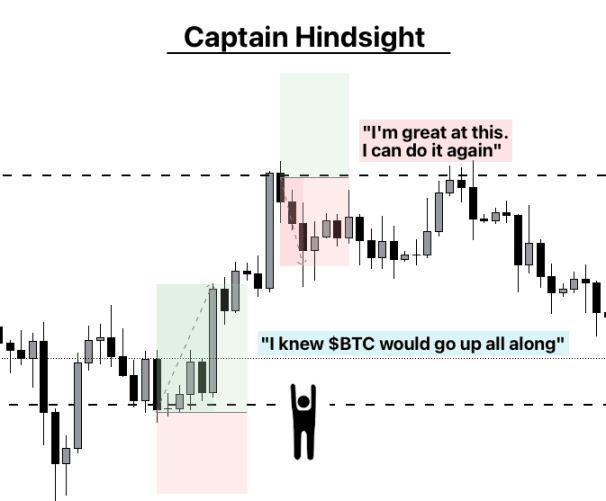
【Disclaimer】The market is risky, so be cautious when investing. This article does not constitute investment advice, and users should consider whether any opinions, views or conclusions in this article are suitable for their specific circumstances. Investing based on this is at your own risk.